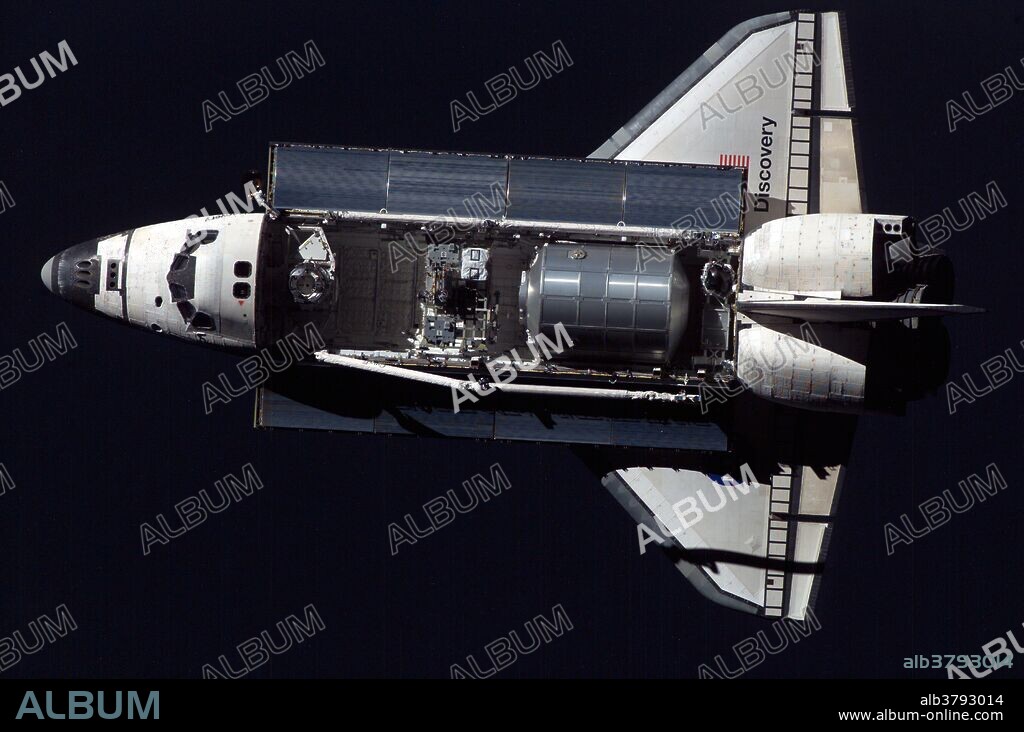alb3793014
STS-114, Space Shuttle Discovery, ISS Image

|
Ajouter à une autre Lightbox |
|
Ajouter à une autre Lightbox |



Avez-vous déjà un compte? S'identifier
Vous n'avez pas de compte ? S'inscrire
Acheter cette image.
Sélectionnez l'usage:

Titre:
STS-114, Space Shuttle Discovery, ISS Image
Légende:
Voir la traduction automatique
Discovery, as seen from ISS during rendezvous and docking operations on the morning of July 28. STS-114 was the first "Return to Flight" Space Shuttle mission following the Columbia disaster. Discovery launched on July 26, 2005, at 10:39 EDT. Discovery delivered supplies to the ISS, but the major focus of the mission was testing and evaluating new flight safety techniques, and inspection and repair techniques. The crewmembers used the new Orbiter Boom Sensor System - a set of instruments on a 50 foot extension attached to the Canadarm. The OBSS instrument package consists of visual imaging equipment and a Laser Dynamic Range Imager to detect problems with the shuttle's Thermal Protection System. The crew scanned the leading edges of the wings, the nose cap, and the crew compartment for damage. Analysis of the launch footage showed debris separating from the external tank during ascent; the issue that had set off the Columbia disaster. NASA decided to postpone future shuttle flights pending additional modifications to the flight hardware. Flights resumed a year later with STS-121.
Crédit:
Album / NASA/Science Source
Autorisations:
Modèle: Non - Propriété: Non
Questions sur les droits?
Questions sur les droits?
Taille de l'image:
4500 x 2984 px | 38.4 MB
Taille d'impression:
38.1 x 25.3 cm | 15.0 x 9.9 in (300 dpi)
Mots clés:
21E SIECLE • AMÉRICAIN • CÉLÈBRE • CELEBRITE • DÉCOUVERTE • ÉVÉNEMENT • EXPLORATION SPATIALE • NASA • NAVETTE SPATIALE • TECHNOLOGIE • VAISSEAU SPATIAL • XXIE SIECLE
 Pinterest
Pinterest Twitter
Twitter Facebook
Facebook Copier le lien
Copier le lien Email
Email
